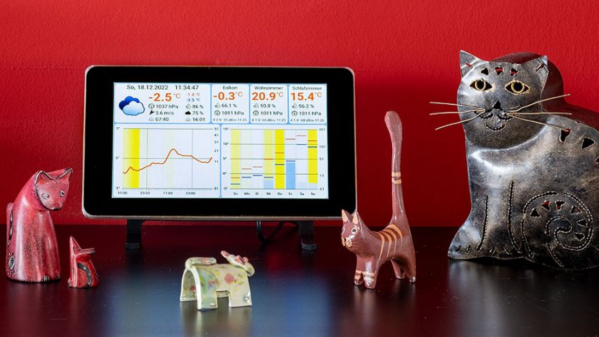Cool technology often comes at a cost, and it’s not always that this cost is justified. For instance, [Rainfay] tells us about how the the ArtNet protocol’s odd design choices are causing incompatibility with certain Ethernet switches. ArtNet is a protocol for lighting control over DMX-512 – simply put, it allows you to blink a whole ton of LEDs, even literally. Unlike DMX-512 which can use different physical mediums, ArtNet uses Ethernet, taking form of the usual kind of network packets – and it does seem to do a great job about that, if it weren’t for this one thing.
For some reason, ArtNet connections are required to use the same destination and source port – unlike the usual network traffic, where the destination port is protocol-dependent and the source port is randomized. This behaviour violates RFCs, and not just in an abstract manner – such behaviour is indicative of certain kinds of attacks, that switches on the smart side are able and are supposed to prevent. As a result, ArtNet traffic actually triggers some protections on switches at the fancier end, specifically, so-called BLAT protection.
In short, if your ArtNet stream is mysteriously not going through and your switch is on the fancier side, [Rainfay] says you might need to disable some security mechanisms. Sadly, as she points out, this problem isn’t even a direct consequence of some inherent property of ArtNet, but merely a consequence of a bizarre design choice. Once you’re done disabling protections, however, do check out some ArtNet projects for inspiration – it’s a genuinely useful protocol supported in a ton of fancy software, and it might be that you want to use it in the firmware of your RGB strip controller board!






 The architecture is quite straightforward. The ESP32 based sensor nodes publish their readings to an MQTT broker running on the Raspberry Pi. The Pi subscribes to these sensor node topics to pick up the relevant sensor data. This makes it easy to add additional sensor nodes in future. Weather forecast data is collected by connecting to the OpenWeatherMap API. All of the collected information is then displayed through an app built using the Kivy: open source Python app development framework.
The architecture is quite straightforward. The ESP32 based sensor nodes publish their readings to an MQTT broker running on the Raspberry Pi. The Pi subscribes to these sensor node topics to pick up the relevant sensor data. This makes it easy to add additional sensor nodes in future. Weather forecast data is collected by connecting to the OpenWeatherMap API. All of the collected information is then displayed through an app built using the Kivy: open source Python app development framework. 












